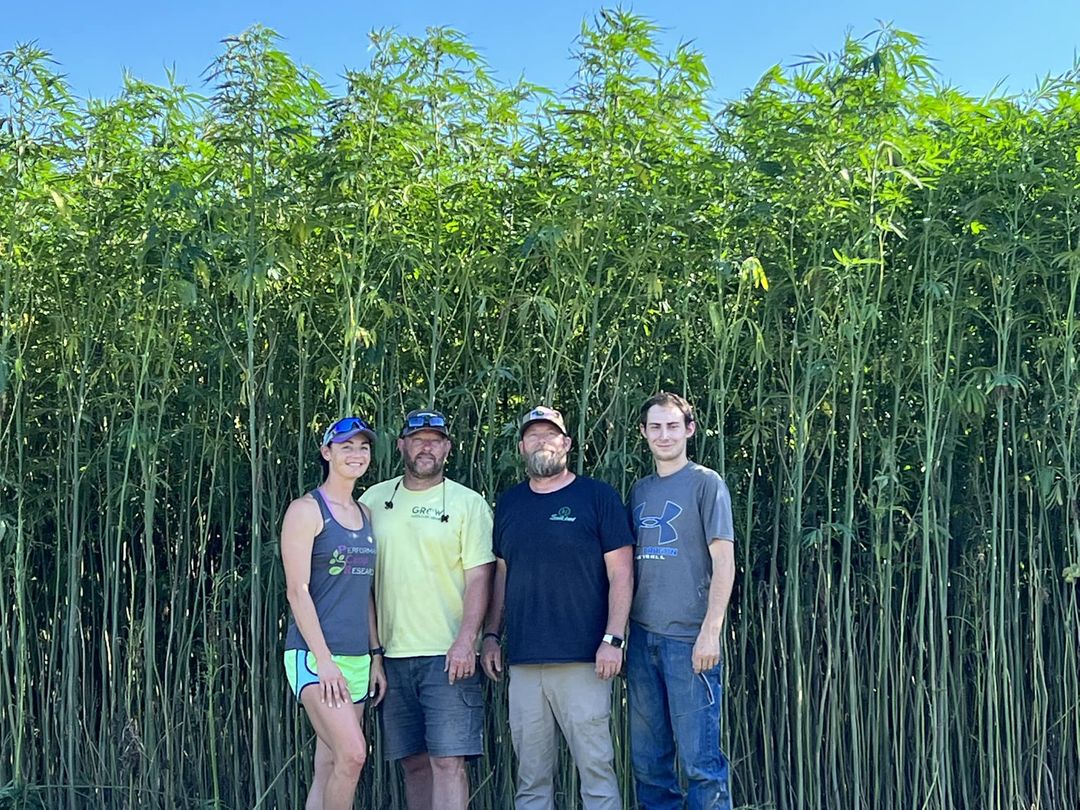
Hemp is a versatile plant that has been used for centuries in textiles, food, and medicine. With the recent legalization of hemp in many countries, its potential uses have expanded. This beginner’s guide aims to provide an overview of hemp cultivation, processing, and regulations, as well as its potential benefits and risks.
Understanding Cannabis Sativa
Hemp is a strain of the cannabis sativa plant that has low levels of THC, the psychoactive compound that gives marijuana its high. Hemp is grown specifically for its fiber, seeds, and CBD content. The plant has a long history of use, with evidence suggesting it was used for textiles in ancient China more than 10,000 years ago.
Hemp Cultivation Techniques
Hemp can be grown in a variety of climates and soil types, but it does require specific growing conditions. The plant prefers well-drained soil and plenty of sunlight. Hemp can be grown from seeds or cuttings, with seeds typically being preferred due to their genetic diversity. It’s important to select a variety of hemp that is appropriate for the intended use, as some strains are better suited for fiber production while others have higher CBD content.
Soil and Water Management
Hemp is a hardy plant that requires minimal fertilization and can grow in a variety of soils. However, soil pH should be kept between 6 and 7 for optimal growth. Hemp also requires plenty of water, especially during the first few weeks of growth. Drip irrigation is a common method of watering hemp, as it provides consistent moisture without flooding the soil.
Pest and Disease Control
Hemp is susceptible to a variety of pests and diseases, including mites, aphids, and root rot. Prevention is key, and growers should practice good hygiene and remove any infected plants immediately. Organic pest control methods are preferred, as hemp is often used for food and medicine.
Harvesting and Drying Hemp
Harvesting hemp can be done either by hand or with a machine. Fiber hemp is typically harvested when the plants are fully mature, while CBD hemp is harvested when the flowers are at their peak. After harvesting, the plants must be dried quickly to prevent mold and mildew. A well-ventilated area with low humidity is ideal for drying hemp.
Hemp Processing Methods
After drying, hemp can be processed in a variety of ways depending on the desired end product. Hemp fibers can be used to make textiles, paper, and building materials. Hemp seeds can be used for food, oil, and animal feed. The flowers and leaves can be used for CBD oil and other medicinal products.
Extracting CBD from Hemp
CBD extraction from hemp requires a specialized process that typically involves using solvents such as ethanol or CO2. The extracted oil can then be further refined to remove impurities and increase potency. CBD oil is often used for medicinal purposes, including pain relief and anxiety reduction.
Uses and Applications of Hemp
Hemp has a wide range of uses, including textiles, paper, food, medicine, and building materials. It is also being studied for its potential use in biofuel production and carbon sequestration. Hemp is a sustainable crop that requires minimal pesticides and fertilizers, making it an attractive option for environmentally conscious consumers.
Regulations and Legalities of Hemp
The legal status of hemp varies from country to country. In the United States, hemp was legalized in 2018 with the passage of the Farm Bill. However, regulations regarding the cultivation, processing, and sale of hemp can vary by state. It’s important for growers and processors to stay up-to-date on the latest regulations in their area.
Potential Benefits and Risks
Hemp has many potential benefits, including its versatility as a crop, its potential use in medicine, and its ability to sequester carbon. However, there are also risks associated with growing and processing hemp, including the potential for contamination and the risk of theft or vandalism.
Overall, hemp is a promising crop with a wide range of potential uses. With proper cultivation and processing techniques, growers can harness the full potential of this versatile plant. As regulations continue to evolve, it’s important to stay informed about the latest developments in the hemp industry.

